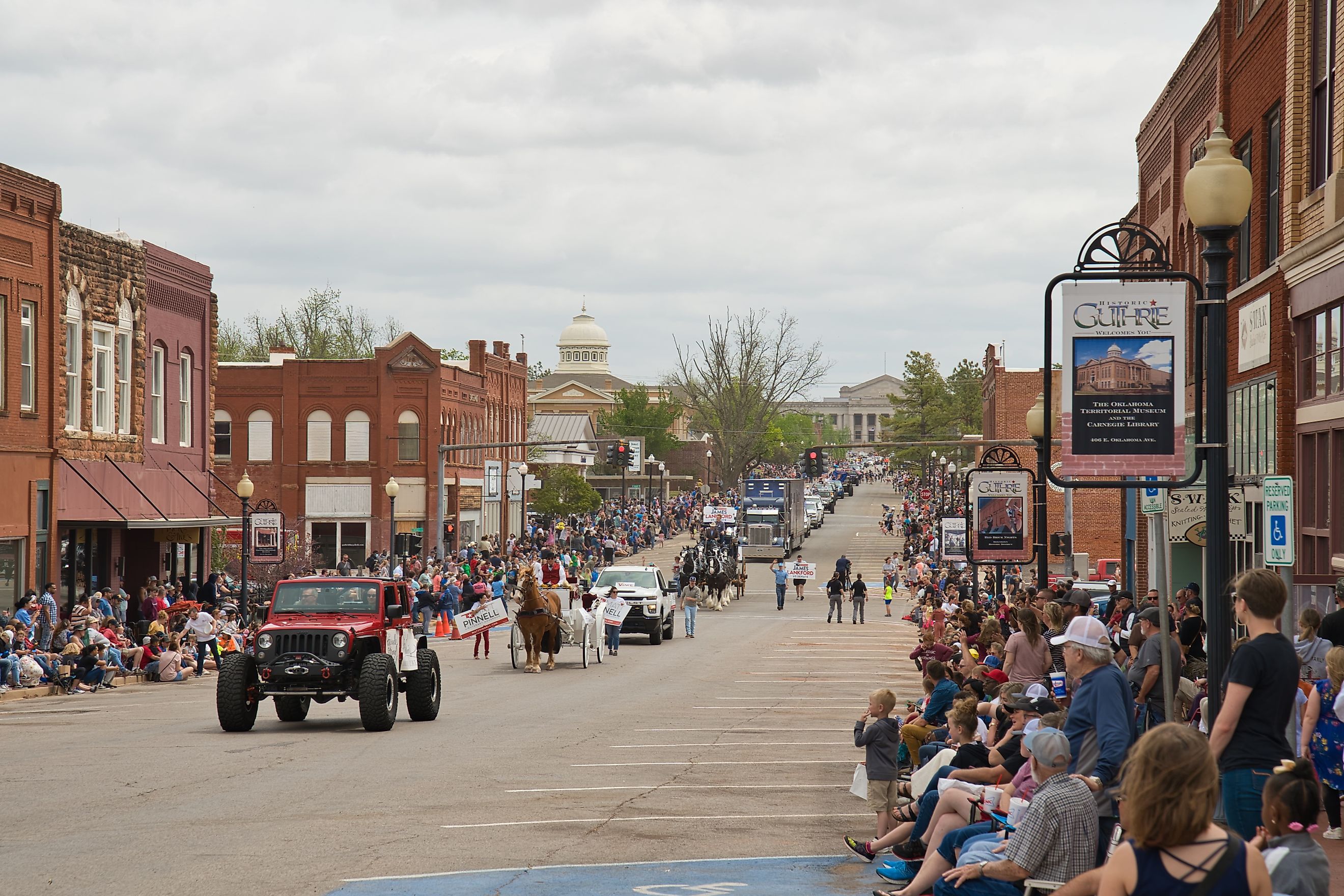
6 Towns In Oklahoma That Transport You To The Past
There’s a whole lot of history in Oklahoma. In fact, the state had human settlers as early as 9500 BC. The famous plains attracted native tribes of farmers and hunters who populated central Oklahoma until Europeans arrived in the 1500s and began a battle for the territory. That battle would last until the 1803 Louisiana Purchase, which handed Oklahoma over to the United States. From there, the state quickly developed its own culture and identity through the American Civil War, the Dust Bowl era, and into the vibrant destination it is today. Take a walk through the following small towns to rediscover Oklahoma’s fascinating past, which is never far away on the streets of this historic state.
Guthrie
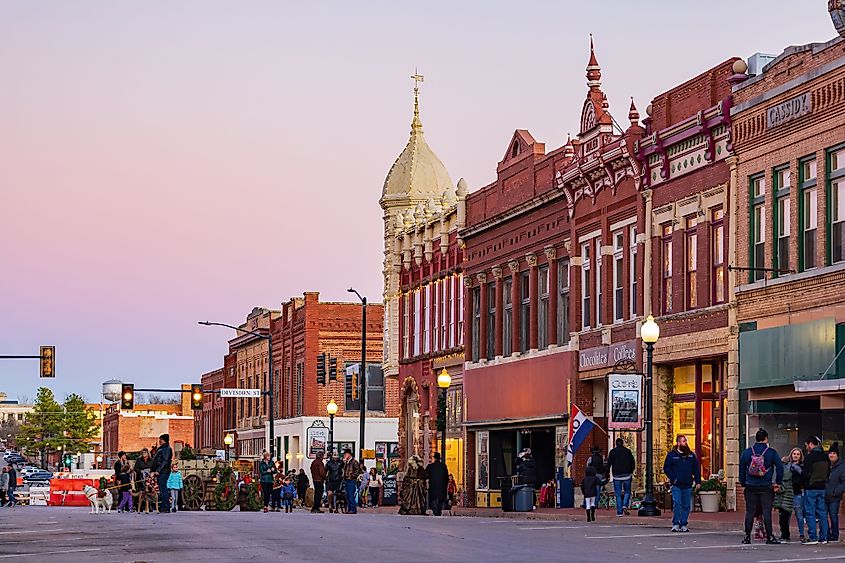
Originally a small railroad stop, Guthrie enjoyed exploding growth with the 1889 land rush and became Oklahoma’s first state capital in 1907. Guthrie is proud of its past and has a well-preserved historic district with over 2,000 National Historic Landmarks. Take the Guthrie Ghost Walk to see the spooky side of the town’s rich history. This fun and informative 90-minute tour wanders past the best of Guthrie’s Victorian architecture downtown and visits the first federal prison in the southwest as well as Oklahoma’s oldest saloon.
If you’d rather stay off your feet, you can still see the sights with the First Capital Trolley - a vintage trolley ride through the historic district with narration from a tour guide covering 400 blocks. You may want to linger at the 1890 Gaffney Building, home of the Oklahoma Frontier Drugstore Museum, where you can shop at a turn-of-the-century drugstore and visit the attached Apothecary Garden to learn about medicinal plants used by Oklahoma settlers and Native Americans.
Hennessey
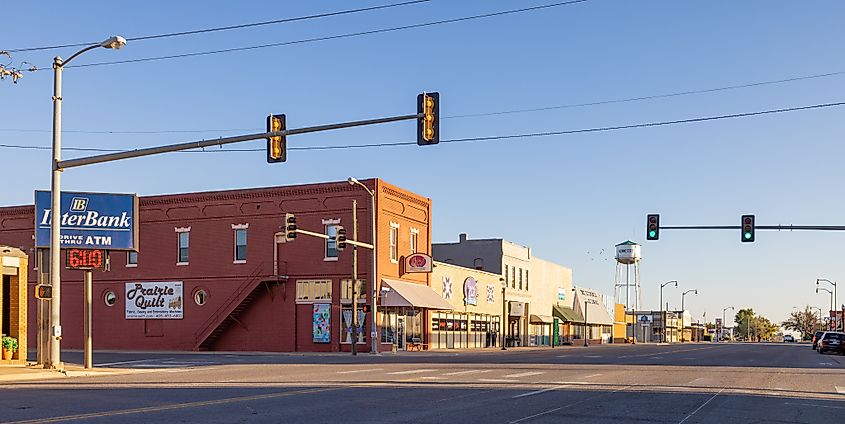
Located along the historic Chisholm Trail, a ranching route used in the 1800s to transport millions of cattle through the American West, Hennessey is a must for history lovers. This quaint town is where you’ll find the Sam & Burla Snyder Memorial History Center, which tells the story of the settlement of north-central Oklahoma. It’s also home to Bull Foot Park, a supply point for weary travelers on the Chisholm Trail, where you can view a sculpture commemorating the Old West and step back in time to ranching days.
Wandering around town, you’ll see some beautiful artwork dedicated to Hennessey’s past. The Hennessey History mural is located on the former Gold Bank building and depicts a century of agriculture and oil production. A few blocks west is the Oil Industry mural which was commissioned in 2004 and illustrates how the industry has shaped the town through the decades.
Eufaula
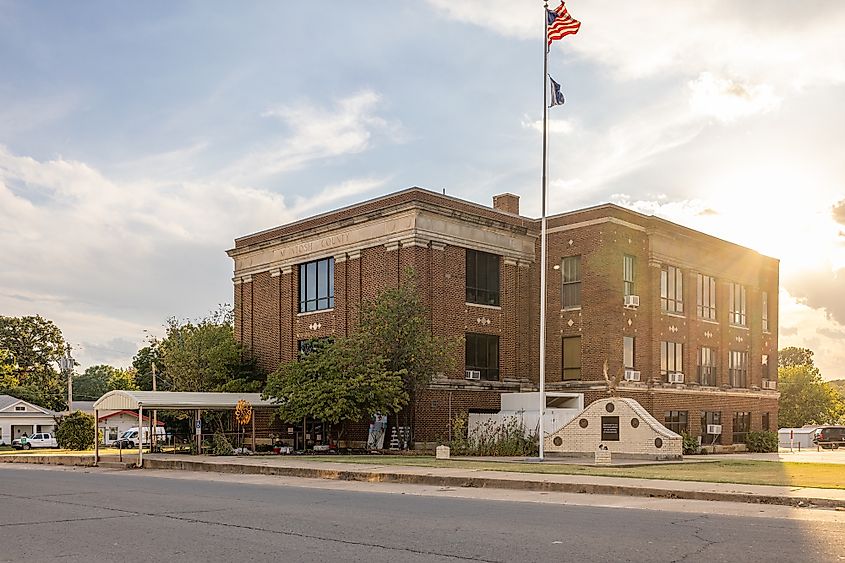
Nestled on the shores of the beautiful Lake Eufaula, the town that shares its name was established in the late 1800s and has a 20 block downtown packed with historical landmarks and period architecture. Be sure to check out the McIntosh County Courthouse, the Eufaula Business District, the C. L. Cooper Building, and the Eufaula National Guard Armory — all listed in the National Register of Historic Places.
Visit the Eufaula Area Museum to browse its extensive collection of artifacts, art, and memorabilia tracing the history of the town from early native nations to the development of the railroad. Experience some musical history at the Plumb Theatre, home of the ‘Longtown Opry’ and with concerts featuring the best of cowboy country and Southern gospel.
El Reno
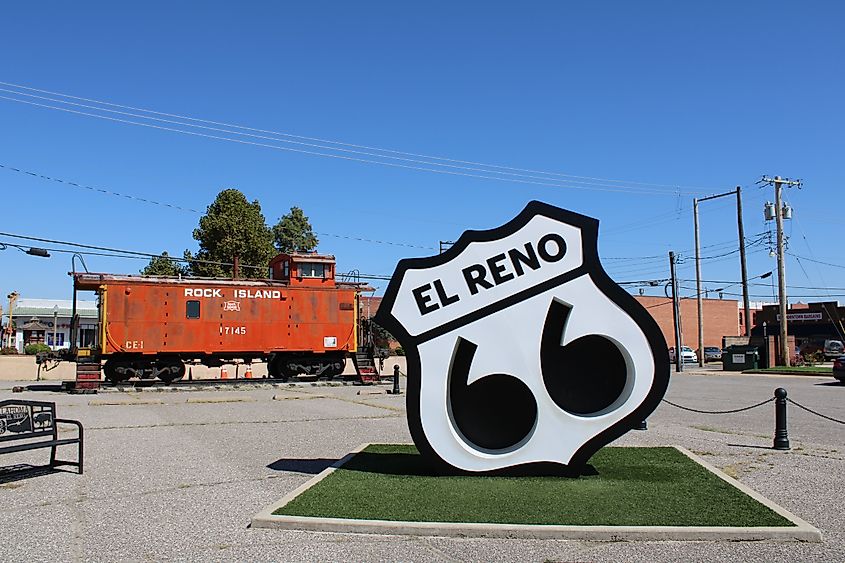
Where the Chisholm Trail meets Route 66, you’ll find the inviting community of El Reno. Exploring the town, you can’t miss the eye-catching Mother Road Monument which commemorates the famous route across America. Learn more about Route 66 and its role in El Reno’s growth, as well as the town’s early beginnings, at the Canadian County Historical Museum which is located in historic Heritage Park and comprises of several renovated historical buildings.
See El Reno’s past come alive in its streets on the Heritage Express Trolley, a restored 1924 motor car which departs from the Canadian County Historical Museum and winds around downtown. Just outside El Reno lies another piece of the past, Fort Reno. Built in 1874, this important military site has 25 historic structures on the National Register of Historic Places as well as exhibits, displays, and a military cemetery where prisoners of war and Indian Scouts are buried.
Tishomingo
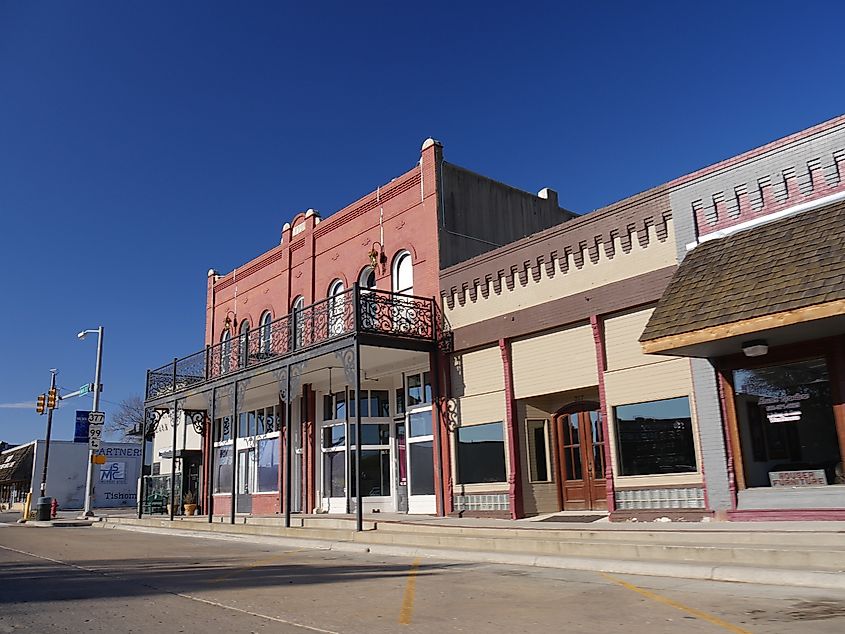
The Chickasaw Nation’s historic capital, Tishomingo, is where you’ll find the Chickasaw National Capitol Building, erected in 1898 and now home to an exhibit space where you can marvel at a recreation of Chickasaw Governor Douglas Johnston's office and the National Secretary's vault as they were in the late 1800s. There’s also a gift shop and an art gallery on the premises. For more on the Native American tribe, visit the Chickasaw Council House Museum next door. This specialty museum contains one of the largest collections of Chickasaw artifacts in the state.
Exploring Main Street, you can’t miss a unique landmark — the Heffington Waterwheel. This wooden water wheel was constructed in 2015 as a charming centerpiece of the downtown area.
Head out of town to journey into the area’s natural history at the Tishomingo National Wildlife Refuge, a pristine conservation area established in 1946 with hiking trails, nature walks, hunting, fishing, and lots of bird-watching opportunities. Nearby is the Old Silo Winery, a rustic micro-winery housed in a beautifully restored vintage silo.
Cheyenne
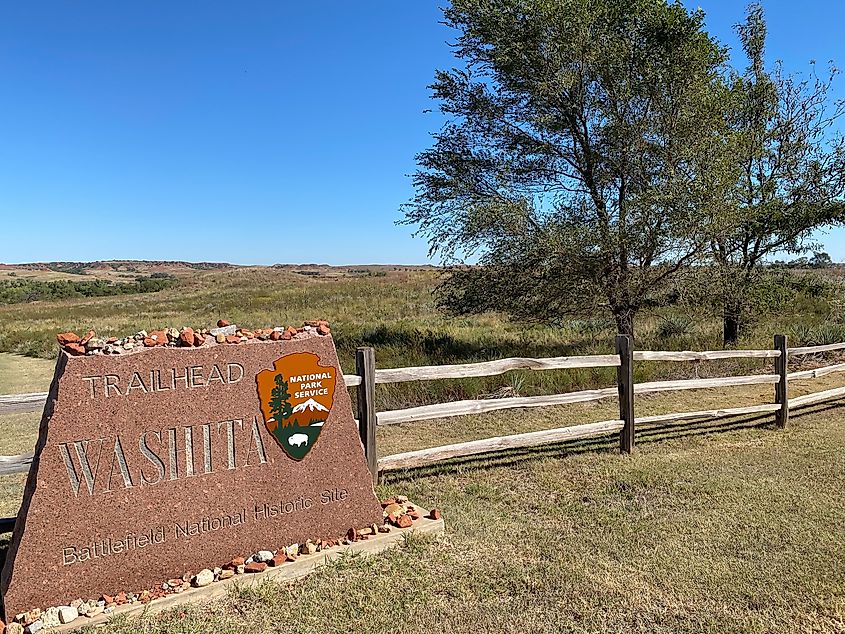
Occupying the traditional homelands of the Cheyenne, the town named after the tribe is home to the Washita Battlefield National Historic Site. The beautiful scenery of the site is at odds with its tumultuous history during the Indian Wars era. Stop into the Visitor Center to view exhibits about its history, walk the self-guided trails, and visit the Washita Native Gardens to learn about plants used by native peoples for daily living and medicinal purposes.
There’s more to see at the Cheyenne City Park & Museum Complex, which contains six museums on a single site, including the Pioneer Museum, the Roll One Room Schoolhouse, and the Cheyenne Depot.
Get in touch with Oklahoma’s cowboy past and become a rancher for the day at Croton Creek Guest Ranch. Set on 5,000 acres of stunning landscape near the Black Kettle National Grasslands, the ranch offers guided hunting tours and hiking/horse riding trails.
History Comes Alive In Oklahoma’s Small Towns
Oklahoma understands the value of preserving its past. This dedicated focus on history and heritage means that the state’s small towns are more than just friendly communities and fun attractions; they’re a window into a bygone era. Touring Civil War era battlefields, strolling historic downtowns, visiting monuments and markers, learning about the Native American tribes who first settled the state — Oklahoma’s history is a big part of its charm and one of the many reasons tourists return year after year.











